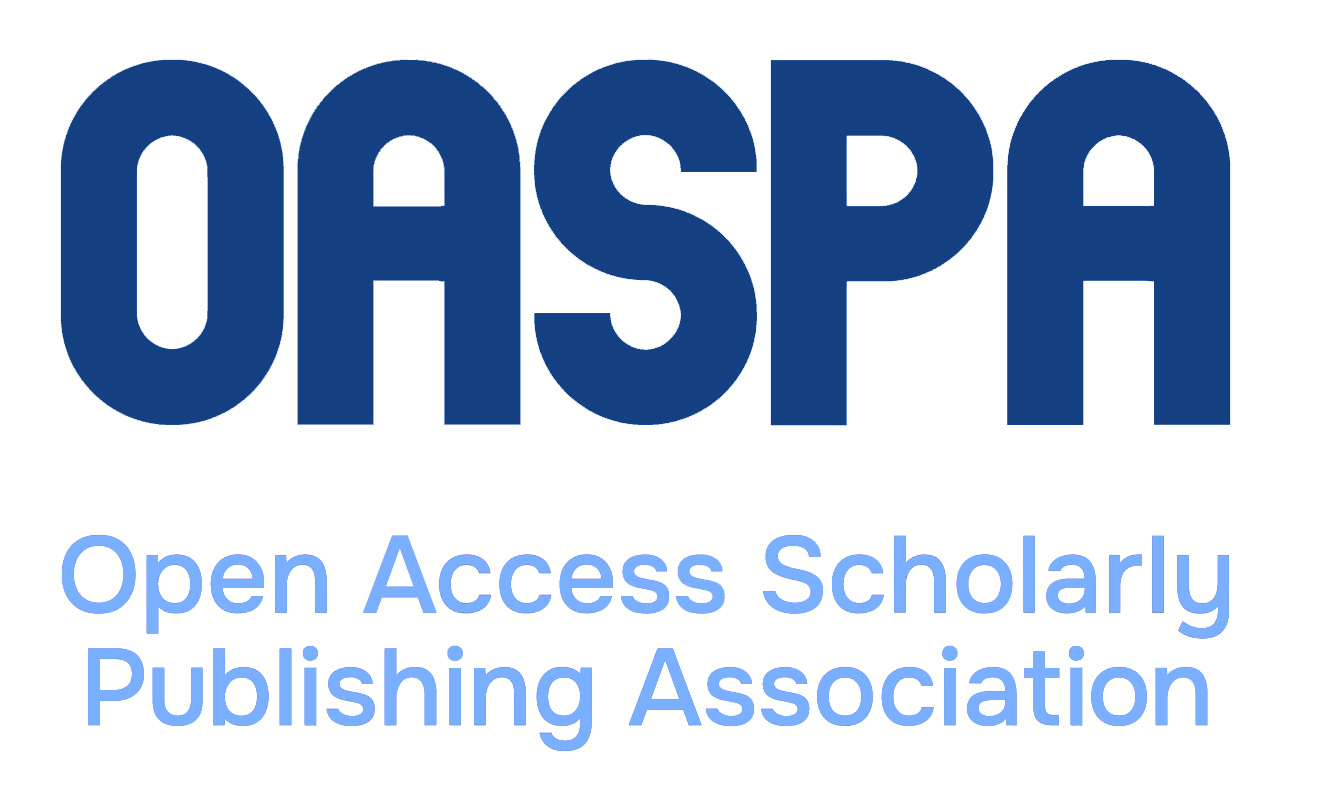UDK 621.31:546.28?261
DOI: 10.15507/0236-2910.025.201504.037
MONOCRYSTALLINE SILICON CARBIDE WAFERS PROCESSING
Ivenin Stanislav Vasilyevich
(associate professor of chair of Electronics and Nano-electronics of Ogarev Mordovia State University (68, Bolshevistskaya str., Saransk, Russia), Ph.D. (Engineering), ORCID: http://orcid.org/0000-0001-7468-1425, This email address is being protected from spambots. You need JavaScript enabled to view it.)
The present paper considers the methods of processing monocrystalline SiC wafers from cutting to polishing. The review of scientific papers by Russian and foreign authors shows that the most important and crucial is the final phase, which aimed at assurance of a high quality of surface (roughness 0,5 nm). Moreover, all production operations are interrelated and the selection of processing mode for this operation influences the conditions of post processing. So, every production operation may have some implementation variants. For example, the selection of size of diamond grain which is ued almost at all processing phases is made on the base of processing rate – damaged layer depth tradeoff. In order to obtain the best ratio between processing rate and quality of a surface, polishing is carried out in two or three phases, reducing consecutively the size of diamond grain. Operations of processing SiC wafers make it possible for the following operations (epitaxy, oxidation, and photolithography) to ensure producing SiC devices with the given parameters. Taking into account the properties of SiC – high hardness, similar to that of diamond, and high brittleness – the problem solving requires constant search and investigation of new methods of processing. A number of scientific works show that traditional methods of processing SiC wafers, well developed in using silicon, make it possible to get quite a high-quality surface, but it is time consuming. The use of polishing abrasives on the base of silicagel with addition of nanostructured diamond allows achieving SiC removal rate ~ 0.2 ?m/h and roughness ~0.4 nm.
Keywords: silicon carbide, cutting, grinding, polishing, mechanical polishing, chemical polishing, chemical-mechanical polishing, material removal rate, MRR , roughness
For citation: Ivenin S. V. Monocrystalline silicon carbide wafers processing. Vestnik Mordovskogo universiteta [Mordovia University Bulletin]. 2015, vol. 25, no. 4, pp. 37–50. DOI: 10.15507/0236- 2910.025.201504.037

This work is licensed under a Creative Commons Attribution 4.0 License.

















